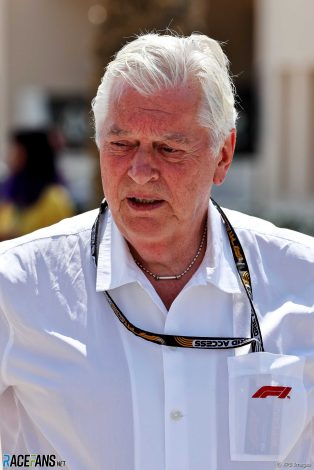Formula 1 has a target of operating as a carbon neutral championship by 2030, and one of the steps it is taking to achieve that is introducing fully-sustainable fuel in 2026.
Last season the cars were filled for the first time with E10 fuel – a mixture of 90% fossil fuel and 10% ethanol. During the summer it presented new branding to promote its “net zero” goal and draw attention to its plans for how “100% sustainable” fuels will be introduced three years from now.
A lot of progress has been made on achieving those targets in the nine months since then. But significant challenges remain before F1 can convert small-scale production of liquids produced in laboratories into fuels available in millions of litres to power the fastest sport on the planet.
How to create a true ‘drop-in’ sustainable fuel
F1 teams’ powertrains divisions have been limited since last year by a development freeze. Changes to improve engine reliability are allowed, but performance-boosting measures are not. They already work closely with the current fuel suppliers to maximise efficiency, power delivery and reliability using their products, and a change to the chemical composition of F1 fuel will require even more work.

The content of the fuel in today’s cars is regulated very tightly, but the work of the suppliers is not. F1’s hybrid engine specs will change in 2026 as a greater amount of a car’s power will be sourced from the electric component. The championship wants the onus to be on the fuel suppliers using their development time to bring their fuel as close as possible to the needs of the next-generation engines – and the existing infrastructure of F1 cars and teams – in order to decrease the amount of late-stage design tweaks the engine manufacturers may have to do to suit any changes arising from the introduction of sustainable fuel.
This desire to have “drop-in fuel” – one that meets F1’s production sustainability targets and could be used as a like-for-like replacement for regular petrol in road cars – has already taken a step towards realisation. Beginning last weekend, Formula 2 and Formula 3 now race using a “55% sustainable” fuel, which required no modifications to the engines used in 2022.
Having a drop-in fuel which replicates existing products as closely as possible is vital to reduce the potential knock-on effects of the change. If the amount of energy that sustainable fuel…
Click Here to Read the Full Original Article at RaceFans…
